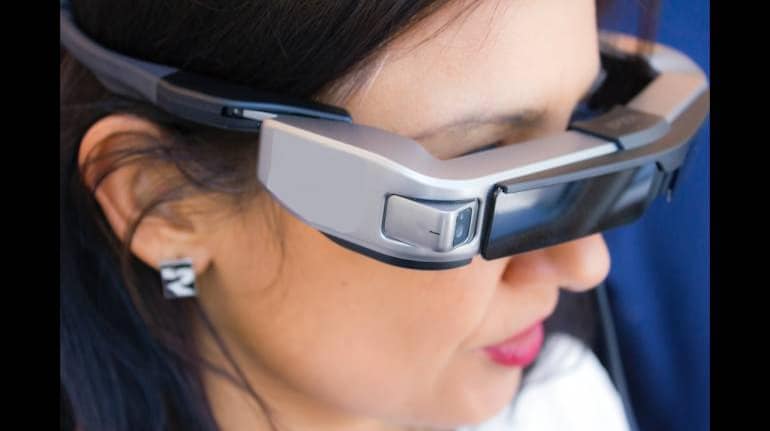



In recent years, the development of AI-enabled smart eyewear has experienced significant growth. As technology progresses, assistive gadgets can improve the lives of persons with visual impairment.
What is a smart glass?
Smart glasses are eyewear incorporating computer and smartphone features like functionality, imaging, and wireless communication. These smart wearables, like regular glasses, allow users to explore augmented reality graphics and interact with a digital environment.
The AI-powered smart glasses incorporate AI to provide a more engaging experience for the user. Users with vision impairments can read and write without the assistance of scribes when they put on these new smart glasses. Instead, smart glasses employ Artificial Intelligence to organise various forms of information based on visual clues and verbally communicate the information to the user.
How do smart glasses work?
The glasses feature a microphone for hands-free, voice-activated searches and phone calls. In addition, smart glasses with microphones and tiny speakers may play music and podcasts and give auditory feedback.
Why do we need smart glasses?
The use of AI in medical imaging has increased due to recent advancements in computer vision and Deep Learning. As a relatively new method of treatment, this is gaining popularity. Clinical screening, diagnosis, and prediction have all been improved by incorporating AI techniques into treating visual impairment. Fundus images, commonly used in the field of ophthalmology, are readily available, include rich biological information, and are, therefore, appropriate as input datasets for CNNs, GANs, and transfer learning. The three approaches are all effective at preparing photos for statistical analysis. To extract characteristics from images, CNNs can convolve directly with the pixels that make up the image.
Today's smart wearables emphasise fitness, but the visually impaired benefit from this vast progress. With Vision-Aid, an international NGO dedicated to the well-being of the visually impaired, Dr Shroff Charity Eye Hospital, one of the country's oldest eye and ENT care institutes, has introduced a wearable assistive device called Smart Vision Glasses that are like smartphones for the visually impaired. Furthermore, the facial recognition capabilities of some modern smart glasses also make it simpler for the sight impaired to meet new people and socialise. People with prosopagnosia, a neurological condition characterised by a person's inability to recognise faces, may benefit significantly from this.
What is unique about these smart glasses?
The Smart Vision Glasses is a cutting-edge wearable technology powered by AI that may aid the visually handicapped in many ways, including reading, navigation, and recognising things and people. Ramu Muthangi, director of SHG Technologies in Bengaluru, highlighted the device's low price (roughly Rs 25,000-30,000) and wide range of supported languages (including Hindi, Kannada, Tamil, Telugu, Malayalam, Marathi, Gujarati, Urdu, and many others).
The Smart Vision Glasses have an intelligent earpiece that can read and understand text and relay that information to a visually impaired user.
Advantages
In 2021, Vision-Aid and its Indian partner, Trees for Life India (TFL), partnered with Dr Shroff Charity Eye Hospital to establish a programme to offer cell phones to low-income people with visual impairment. The programme's overarching goal is to improve people's quality of life by providing them affordable access to cell phones with assistive technologies. These smartphones will provide access to a wide variety of high-quality, cost-free mobile applications, including those based on AI that can help the blind call out the items around them, safe navigation programmes, and learning apps that connect them to various digital education resources.

Discover the latest Business News, Sensex, and Nifty updates. Obtain Personal Finance insights, tax queries, and expert opinions on Moneycontrol or download the Moneycontrol App to stay updated!
Find the best of Al News in one place, specially curated for you every weekend.
Stay on top of the latest tech trends and biggest startup news.